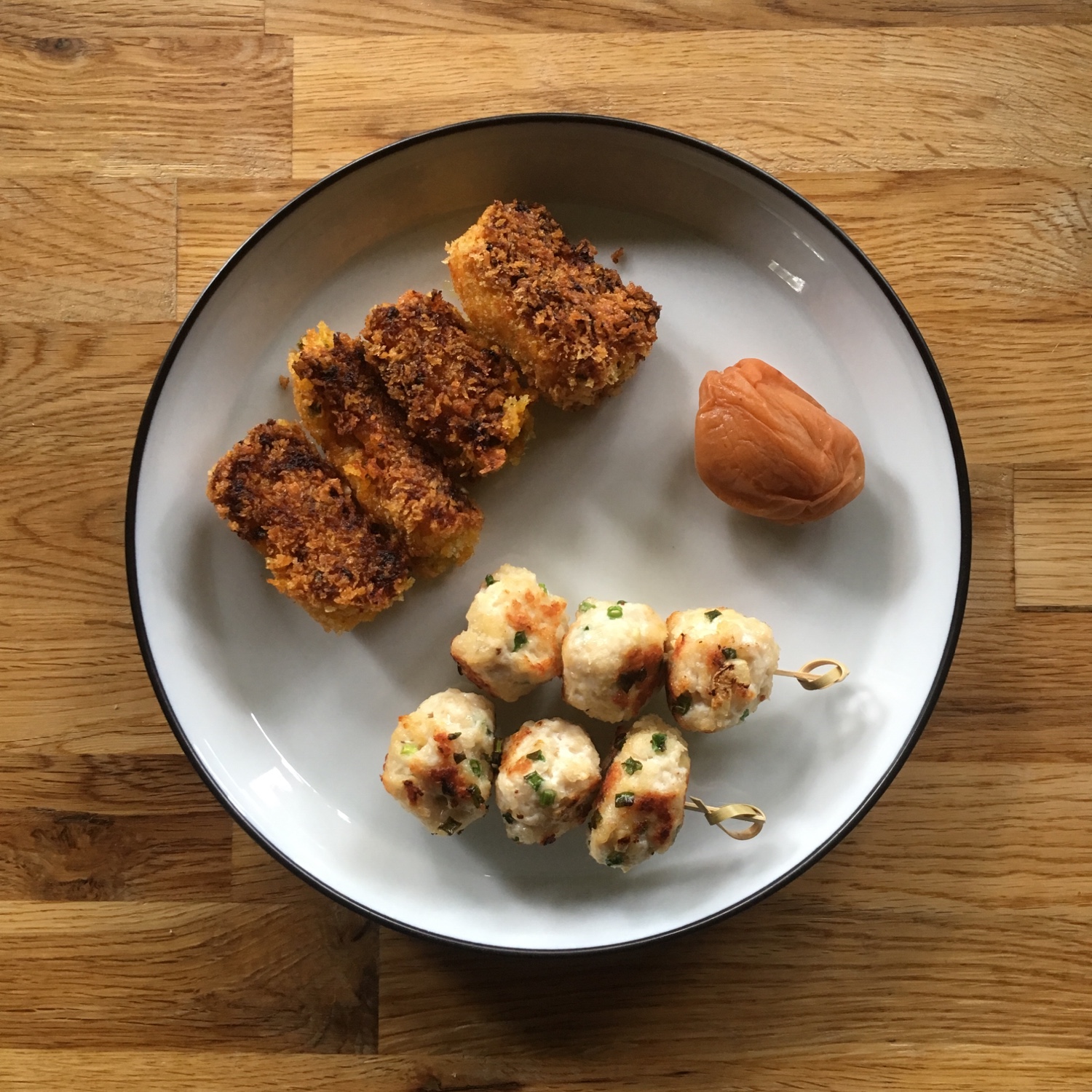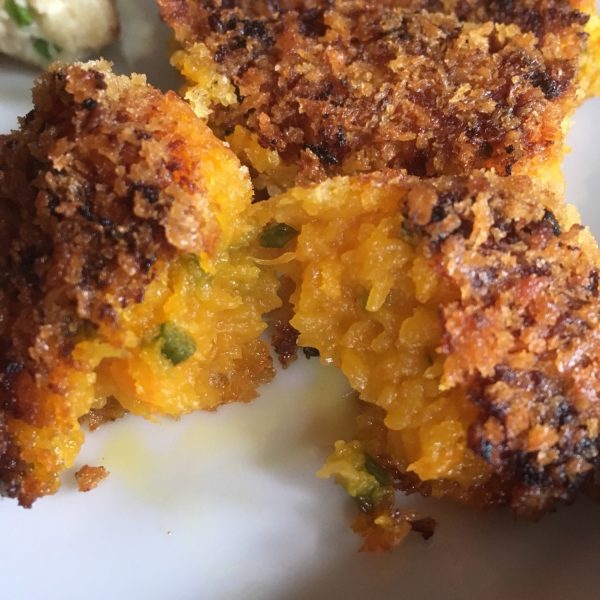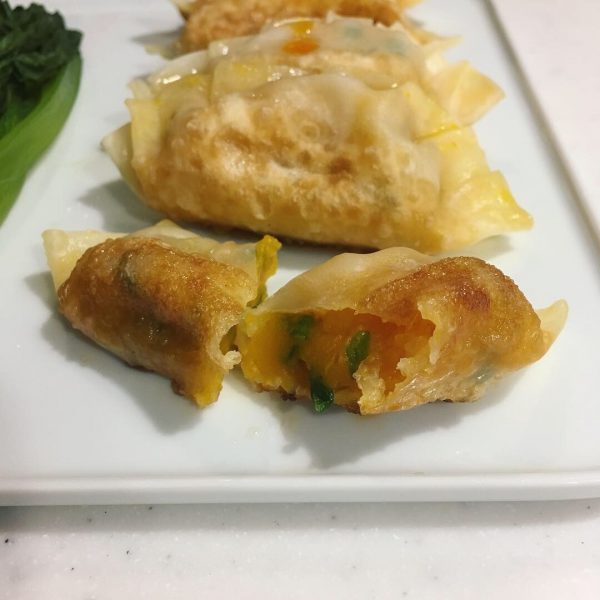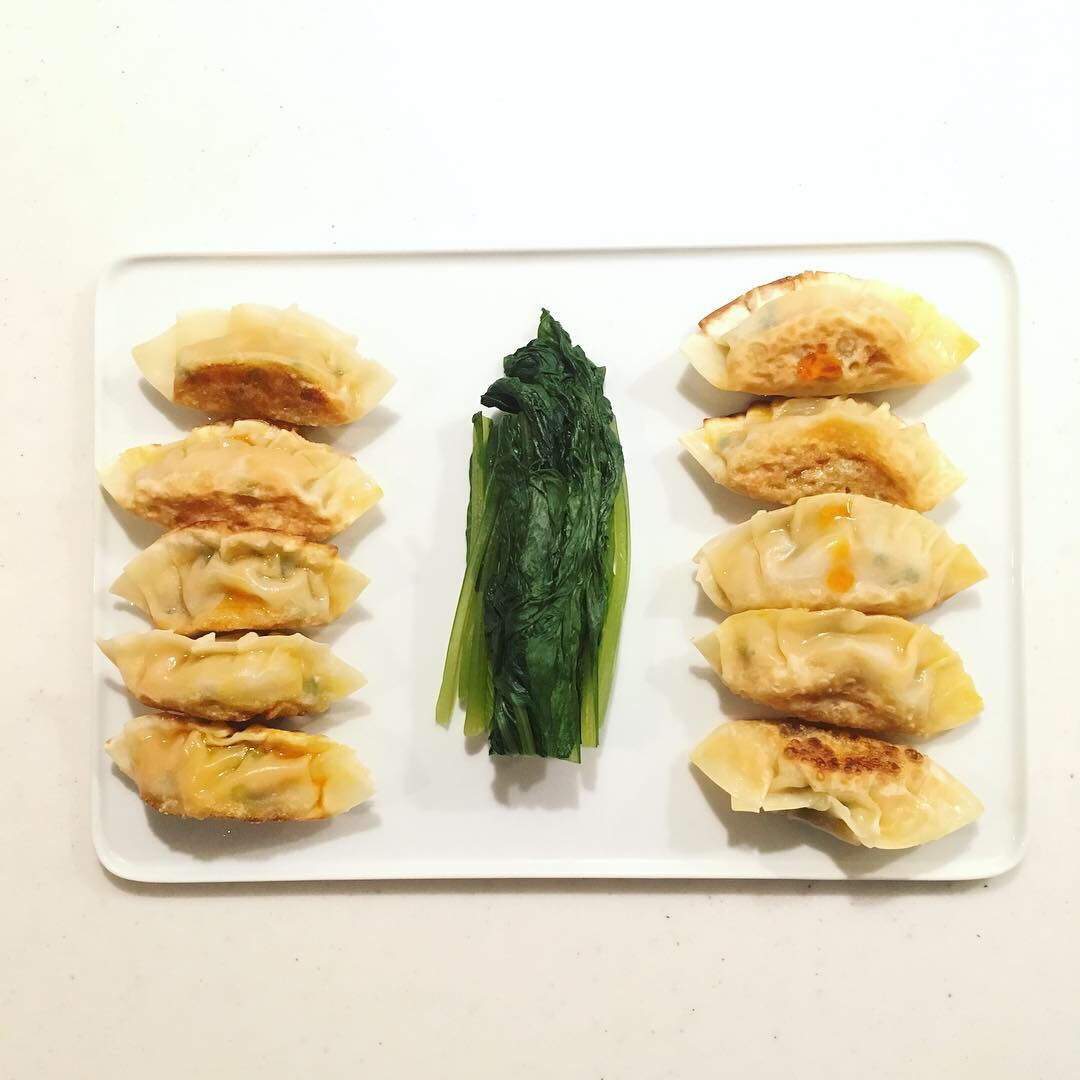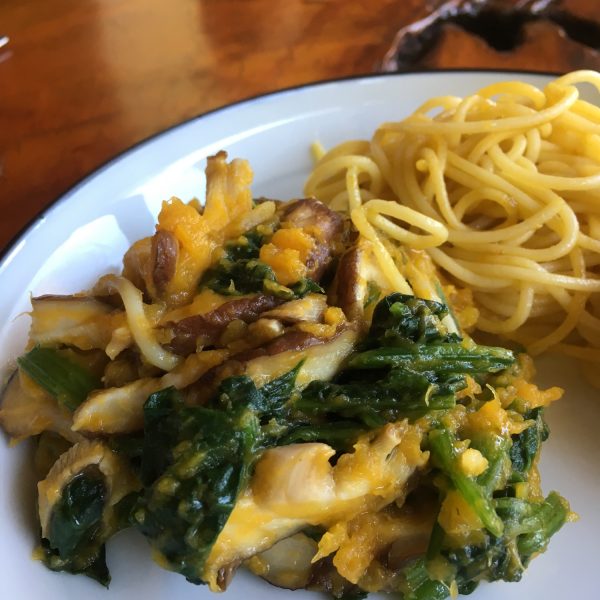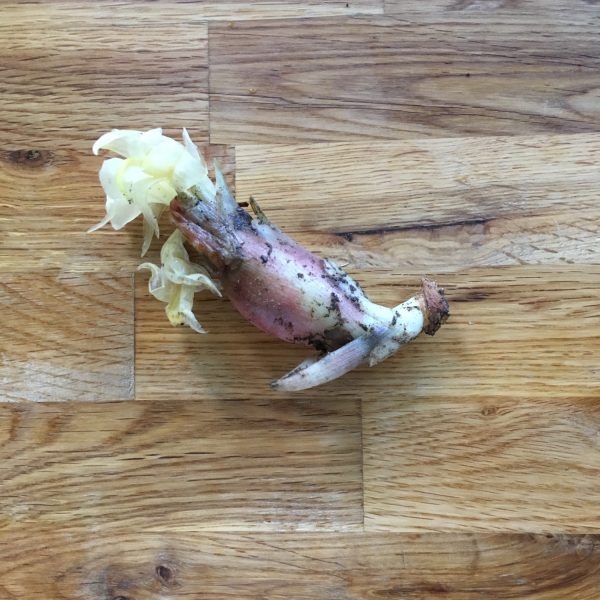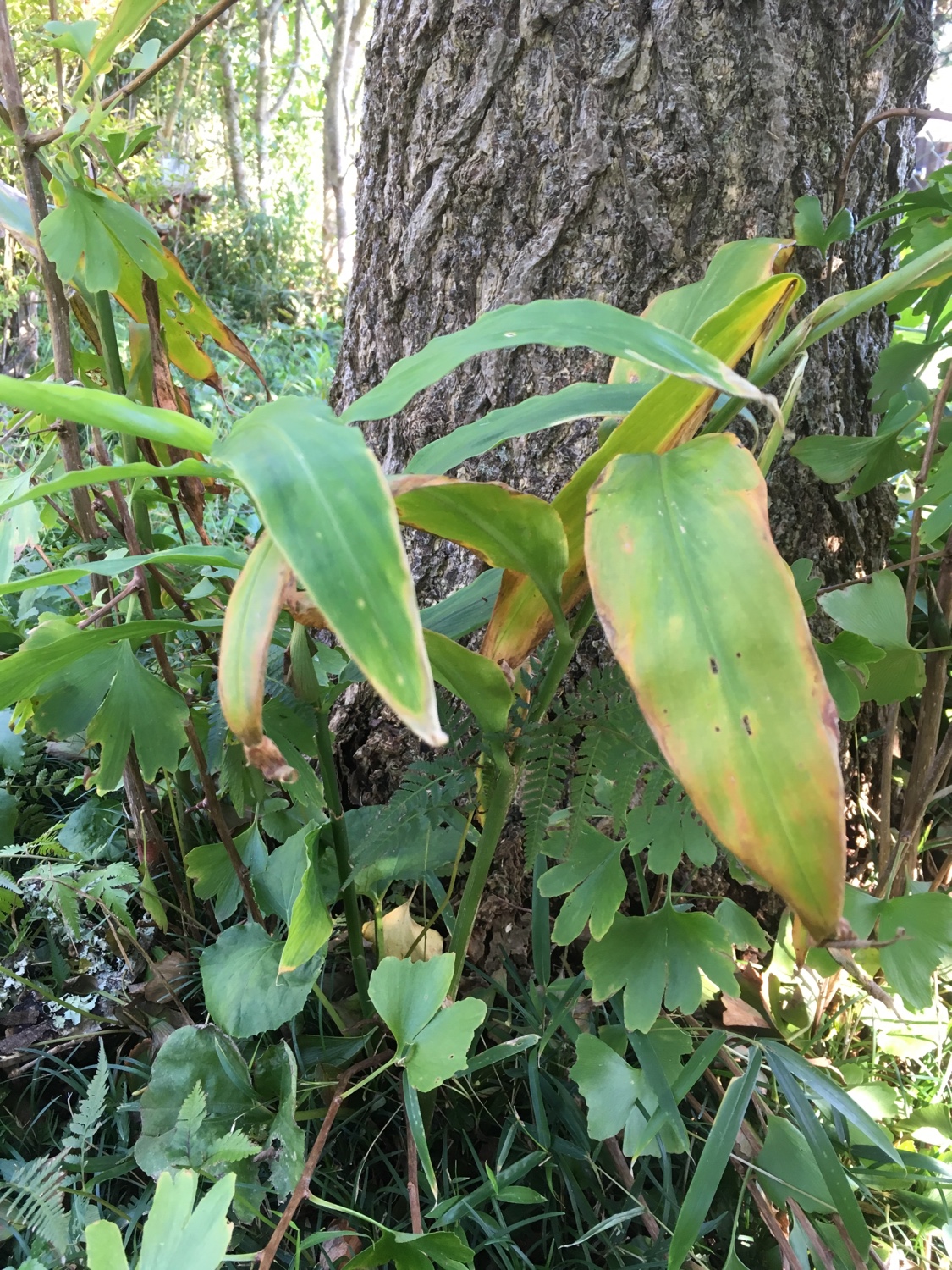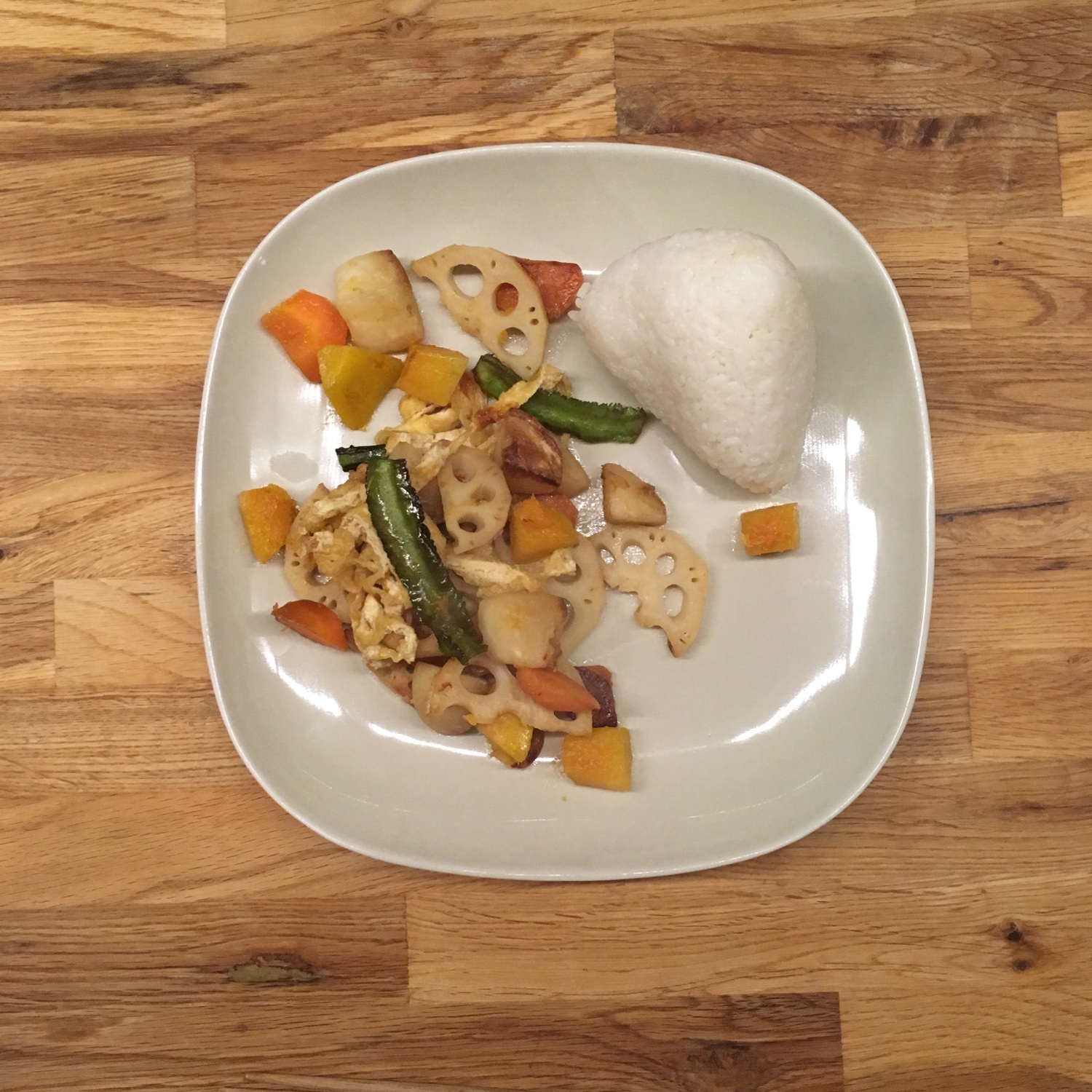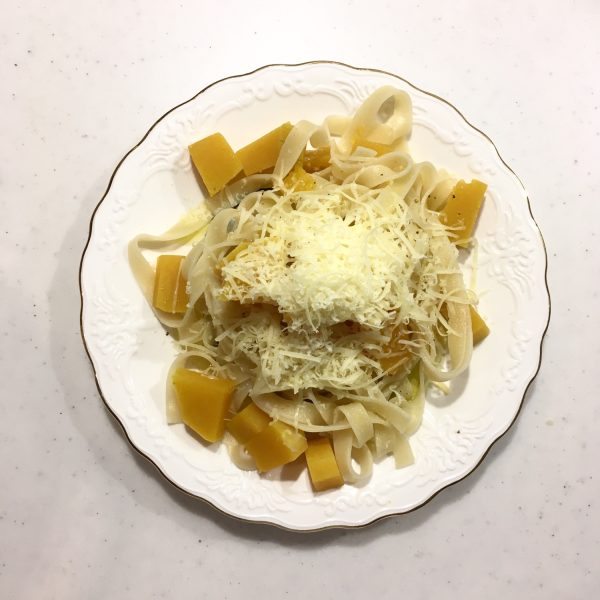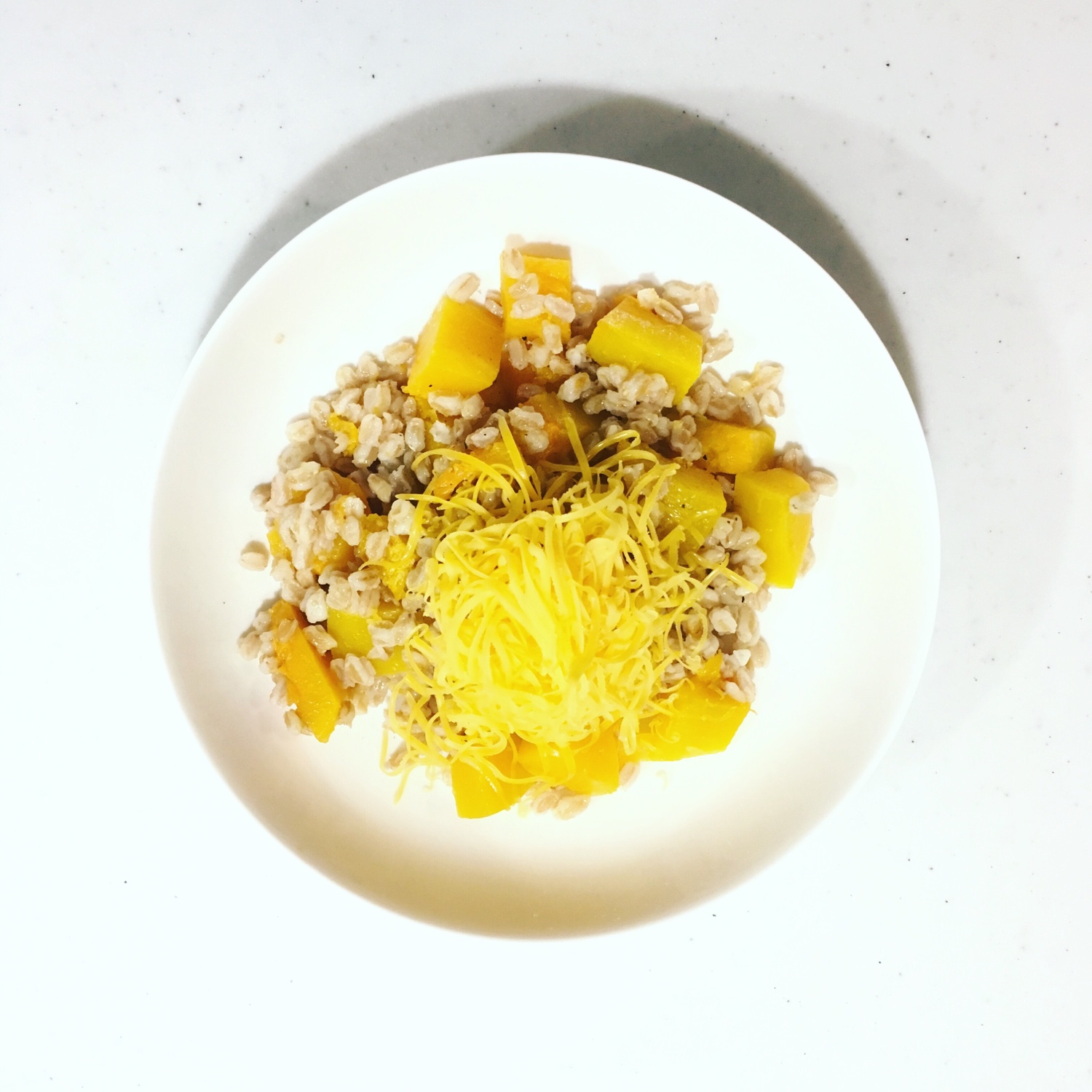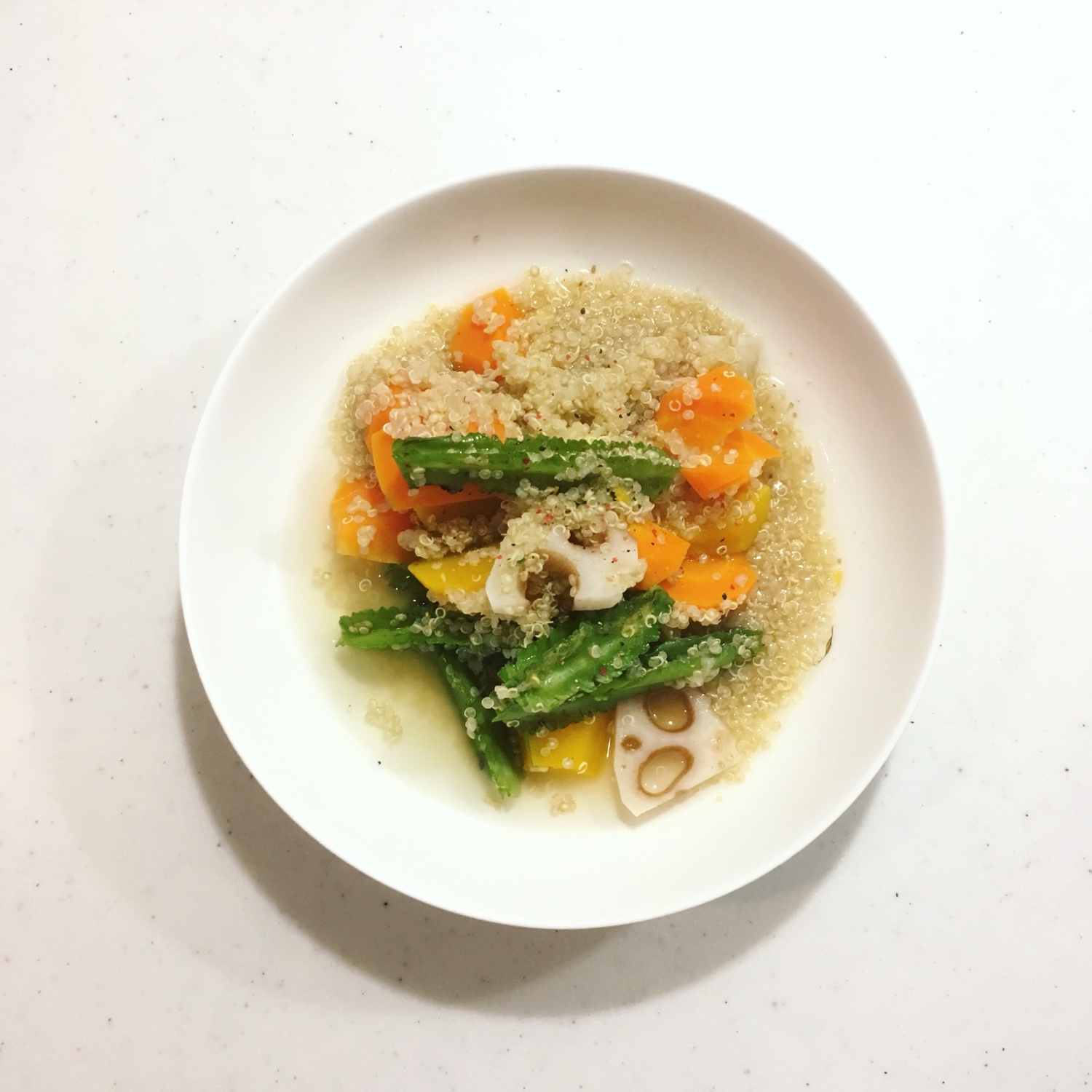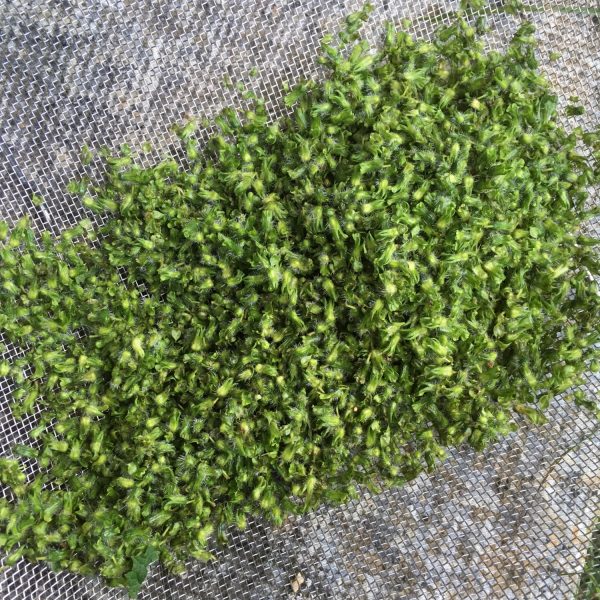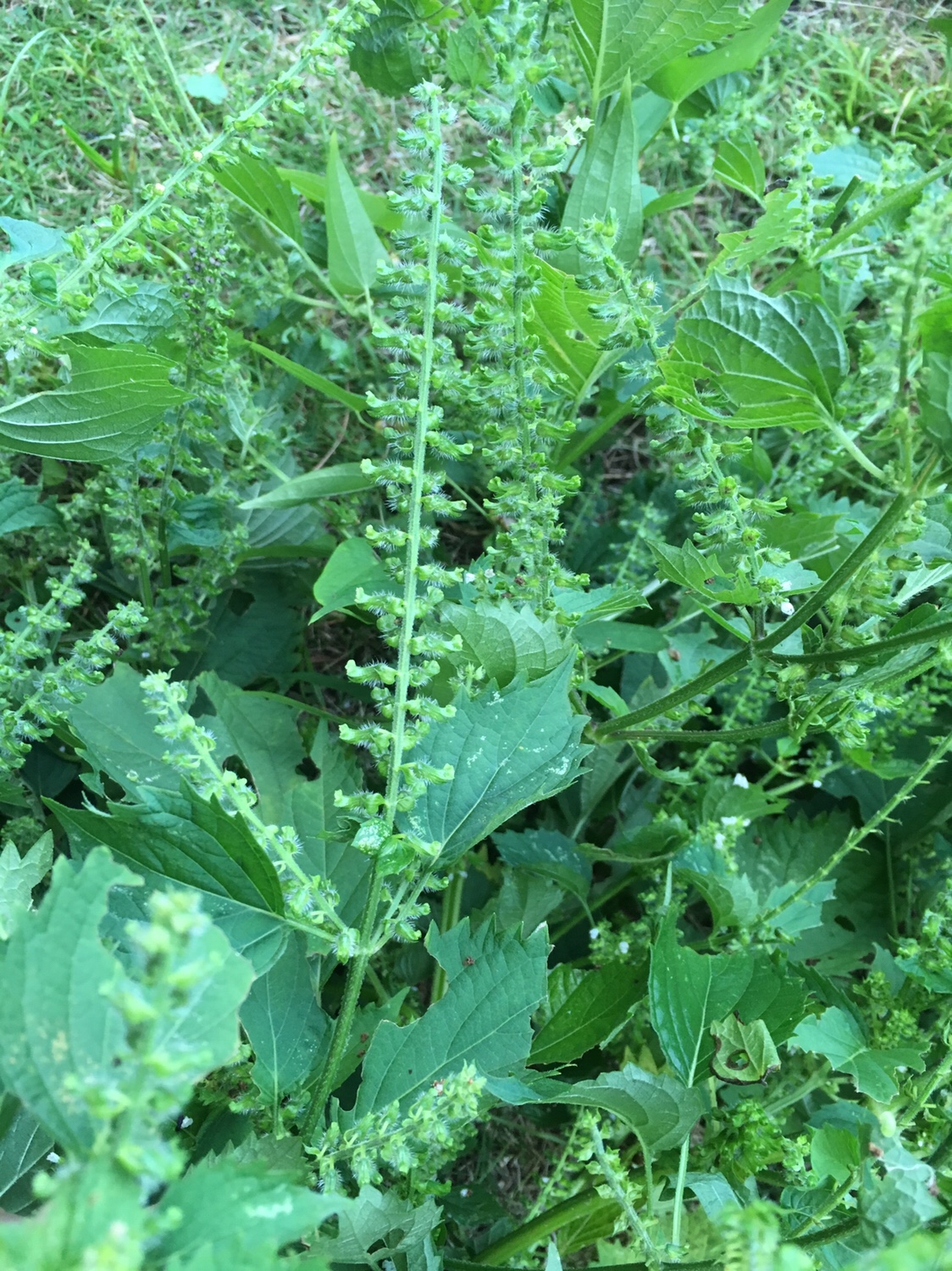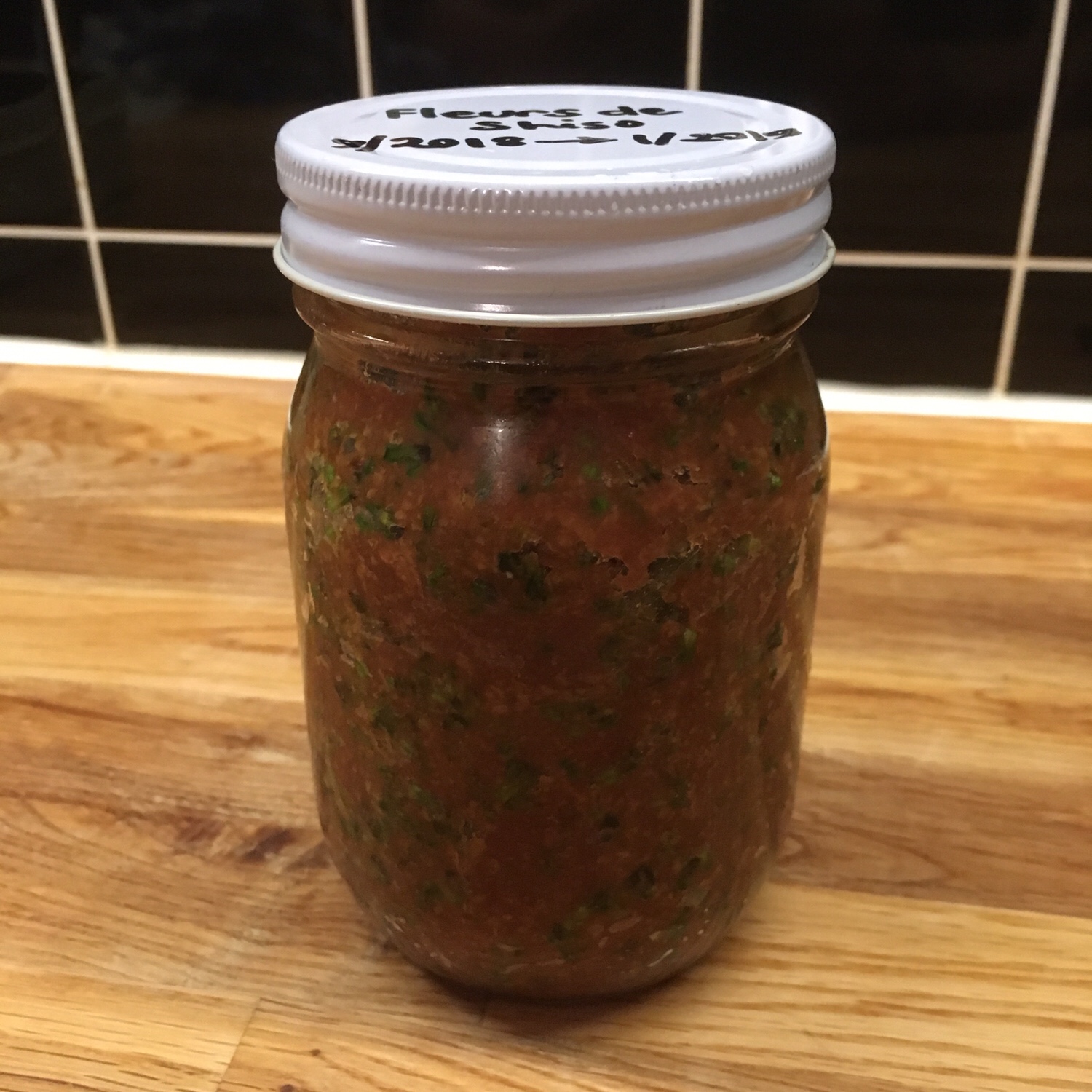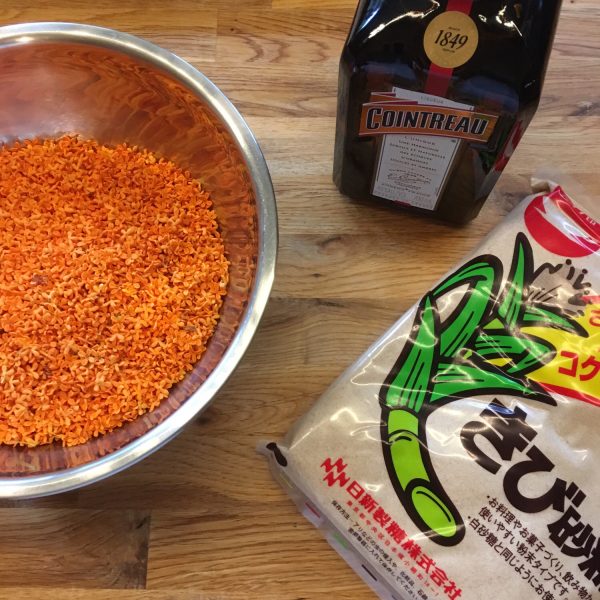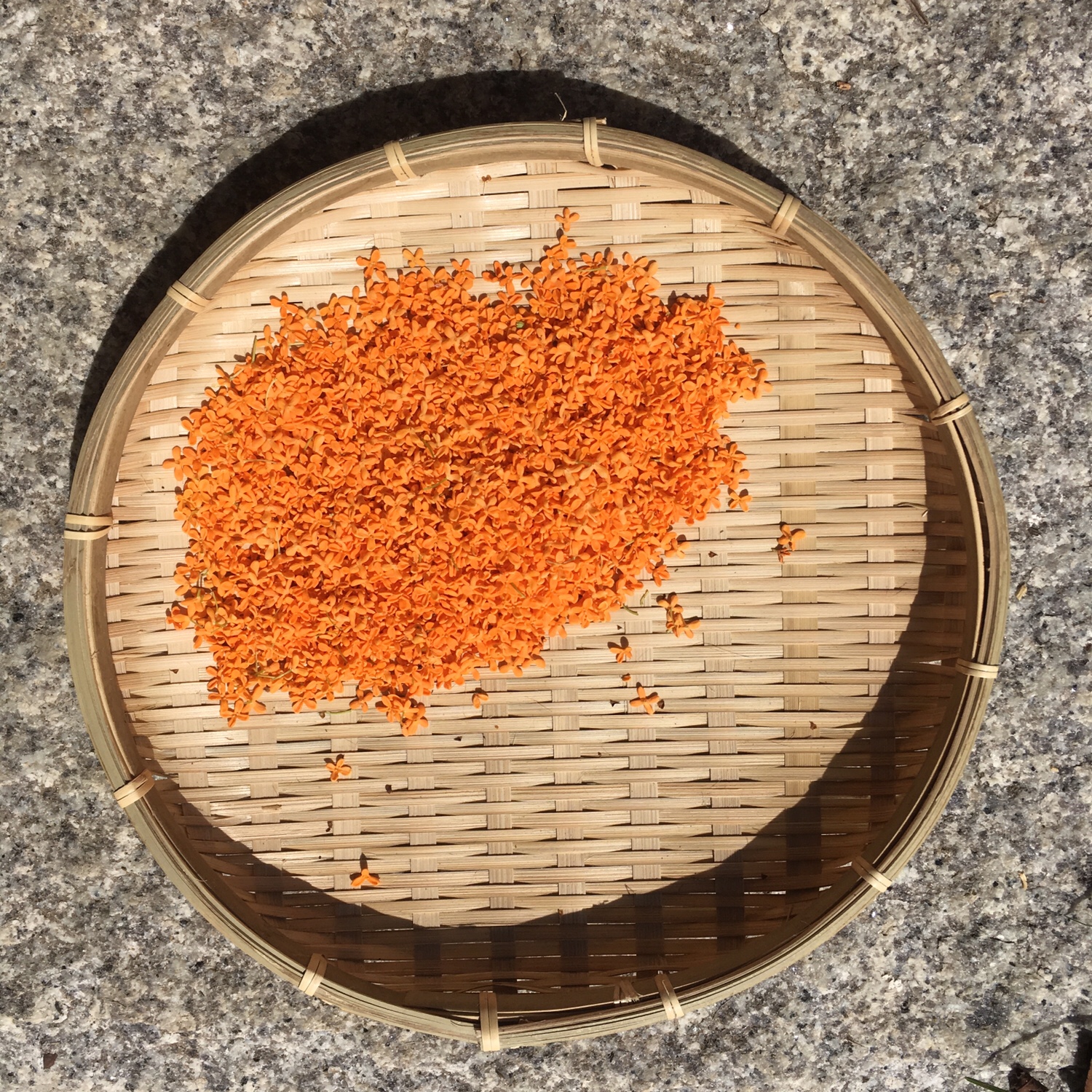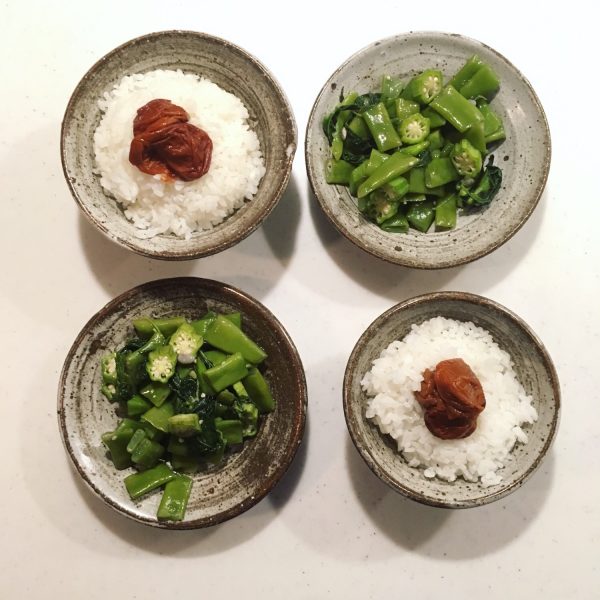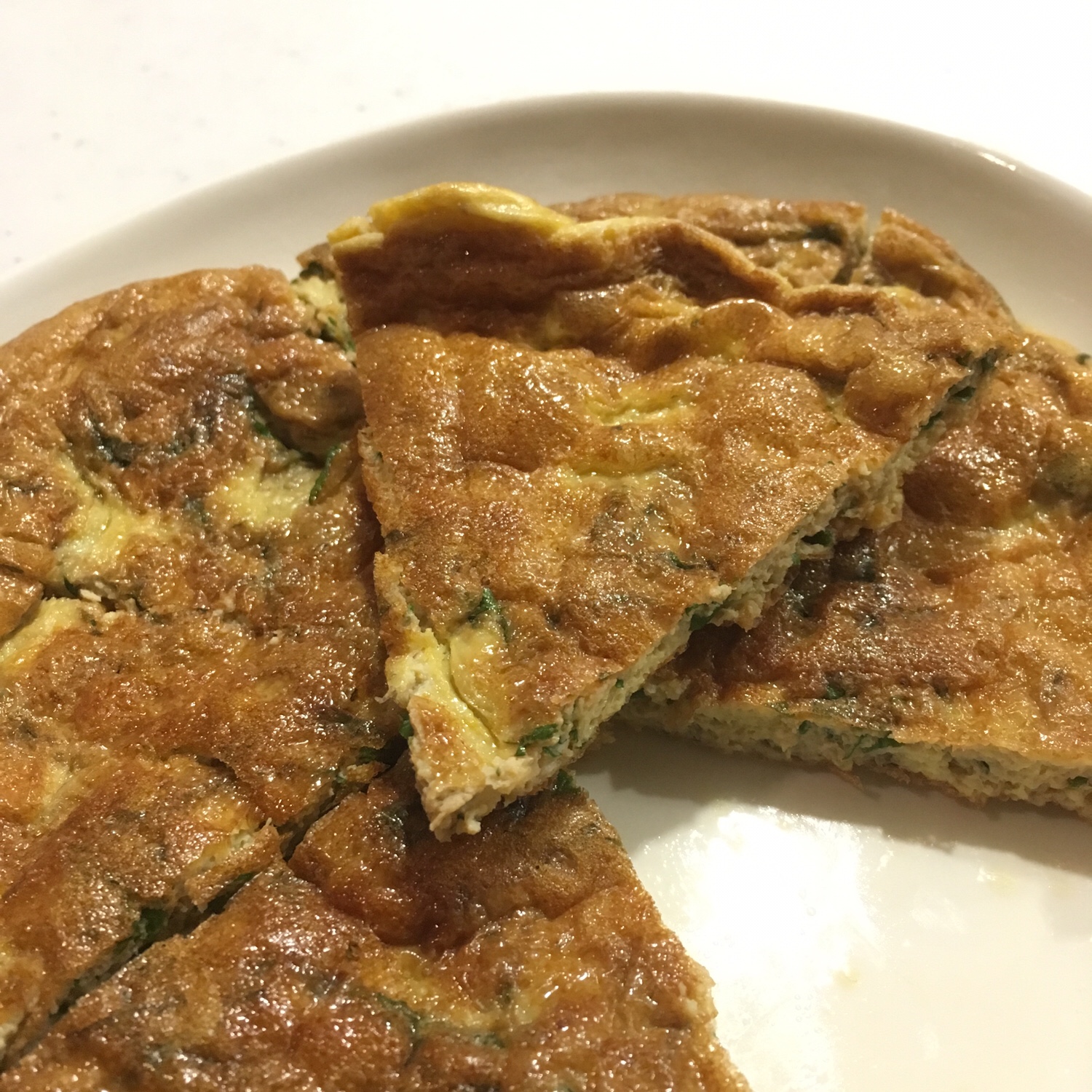And here is the final recipe for this week of butternut squash!
I have opted for a last Japanese style item after the gyoza and the ae. A Japanese classic: croquettes or コロッケ kolokke. Because it should involve deep fry I don’t do much of it, and mine are actually pan fried. I like the contrast between the creamy melting purée inside and the crispy outside of the panko. I served them with ginger and shallots chicken mini meat balls on skewers and a large pickled plum I made last July.
Butternut squash croquettes
For the filling I actually used the same as the gyoza (to be honest, the leftover)
– 100-150g of butternut squash boiled and puréed
– green shallot 小ねぎ
– fresh ginger grated or diced
– panko
– oil for frying
I mix the boiled and puréed butternut squash with the ginger and the green shallot to obtain a thick rather dry homogeneous mixture. In a plate I put the panko and with a spoon I take some purée, make a cylinder, roll in the panko. The number of croquettes you can make and panko you need will depend on the size of the pieces of purée and the moisture in the purée. Heat a fry pan with a few mm of oil in it or a deep fryer. Then put the pieces in one by one. Cook until golden every where. Turn gently if pan frying. Serve and enjoy while hot!
